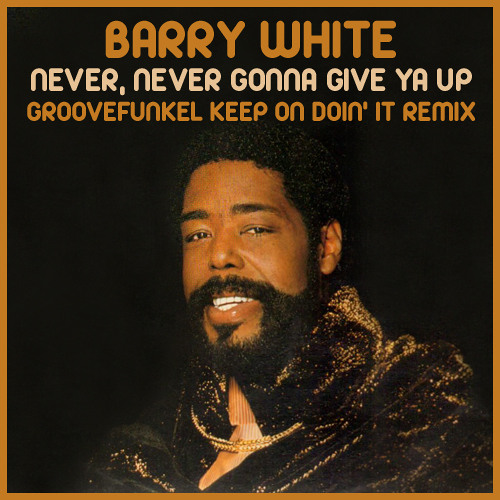

During his concerts throughout the ‘60s, Brown always featured jazz hits of the day in his opening organ set, like Horace Silver’s “Song For My Father” and Lee Morgan’s soul jazz hit, “The Sidewinder.” Brown always did want to be Jimmy Smith.😂 It was recorded in the studio with overdubbed applause and audience noise added later then slapped on as a last-minute addition to the live 1964 Pure Dynamite! album.ĭidn’t know James Brown was a hard-core jazzhead, did you? Brown always understood that having musicians skilled at jazz would make his band not an ordinary R&B band. Contrary to the original album’s title, this track was not recorded live. His vocals are “sho’ nuff bad” on this one. Brown could have easily been a pentecostal minister. When I first heard this song as a kid, my first thought was, “James is SANGIN’ on this!” I’ve always loved when Brown gets into his 6/8 gospel bag. “Oh Baby, Don’t You Weep” (recorded 1964) After Fillyau’s departure from Brown’s band in 1964, one of Brown’s favorite threats to his succeeding drummers was, “I’ll bring Fillyau back here and straighten all of you out!” Washington, DC’s Clayton Fillyau, an unsung hero. If you put this song into a DAW and slow it down, you will hear the seed of “Get On The Good Foot,” “Make It Funky,” “There Was a Time” and more. The beat that Fillyau plays on this song is a waterspan. As a jazz historian, let me put it this way, if Clyde and Jabo are Max Roach and Roy Haynes, then Fillyau is Kenny Clarke. However, they both followed in the footsteps of one Clayton Fillyau. Easy to understand, as they played on the bulk of Brown’s biggest hits. Talk about a harbinger of things to come! Clyde Stubblefield and John “Jabo” Starks have become the most famous, most universally acknowledged drummers of James Brown’s musical legacy. Brown, basically freestyling about his touring schedule (just like in “Night Train”), gives us a vocal harbinger of the new music he would come to create a few years later into the decade. Lyrically, this song is quite similar to his version of “Night Train,” recorded the same year. While this is hardly a deep cut, it is, literally, the beginning of James Brown’s legacy. But also in between those two songs (and beyond), lies a plethora of noteworthy “deep cuts” that every jazz musician, musicologist, and James Brown fan should enjoy. Brown, to dig deeper than you would usually see or hear on most DSPs.įor starters, James Brown actually made some pretty incredible music long before “Papa’s Got a Brand New Bag” and after “Funky President.” In between those two songs, from 19, respectively, lies the foundation of hip-hop and just about every form of contemporary American dance music. I feel it’s my duty as not only a Qobuz ambassador, but as an ambassador of the musical legacy of Mr.
It would be much too easy to stack a James Brown playlist with songs that became sampled in hip-hop classics. As a new Qobuz ambassador, it’s a pleasure to put together this custom James Brown playlist.


 0 kommentar(er)
0 kommentar(er)
